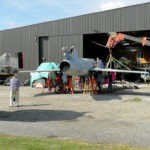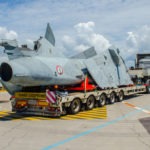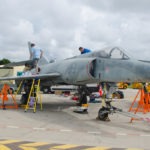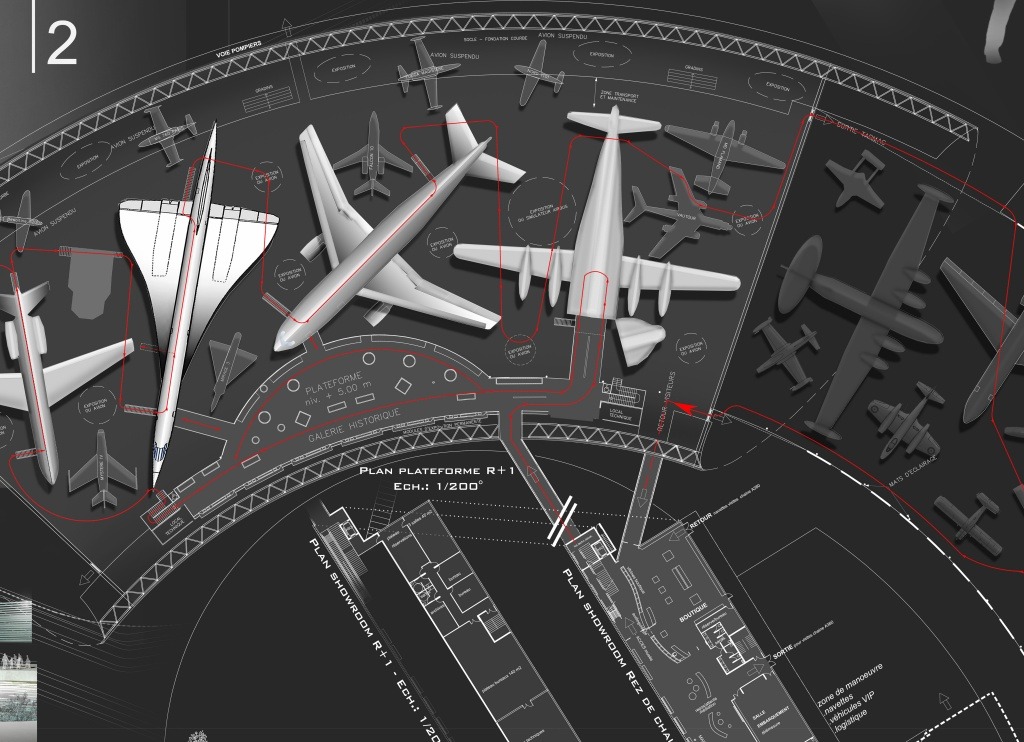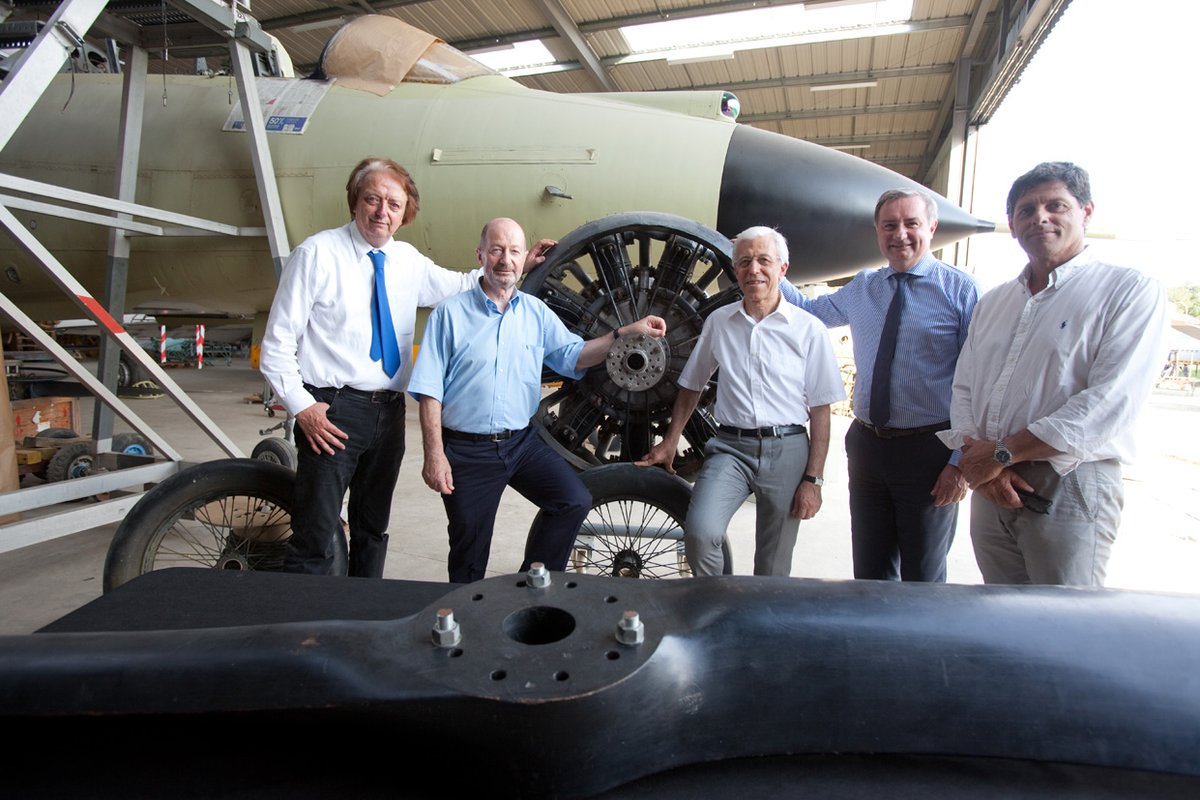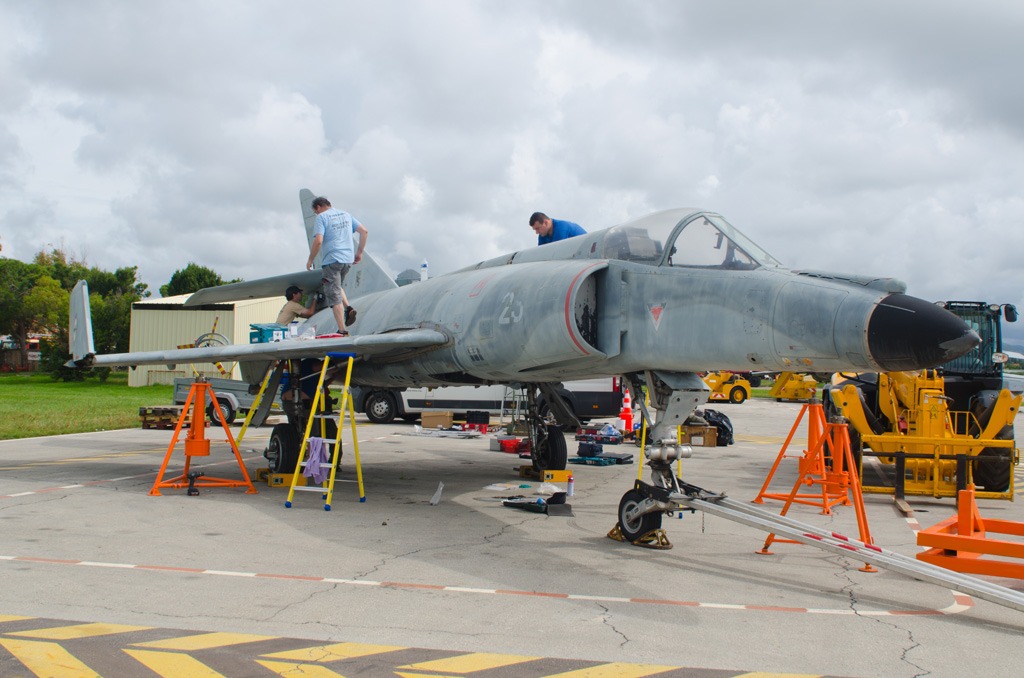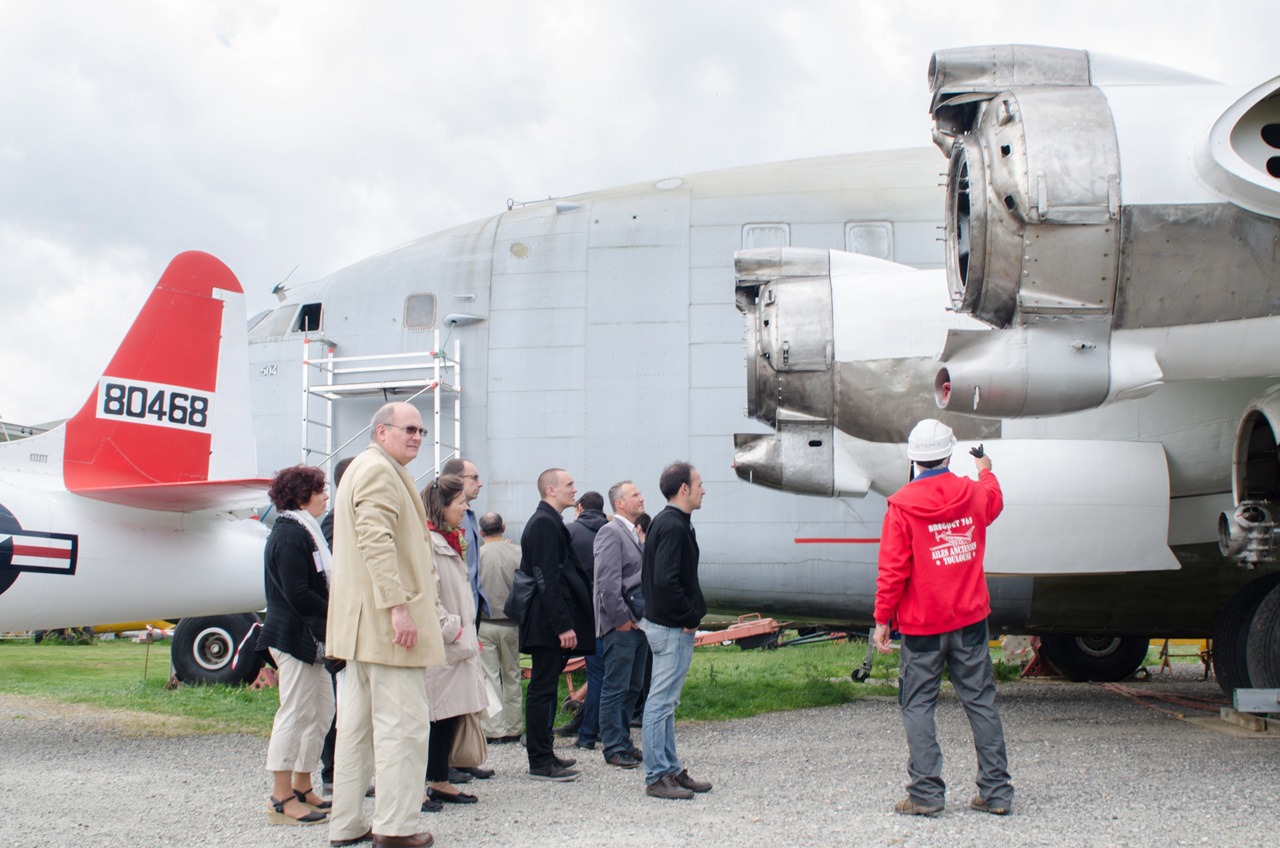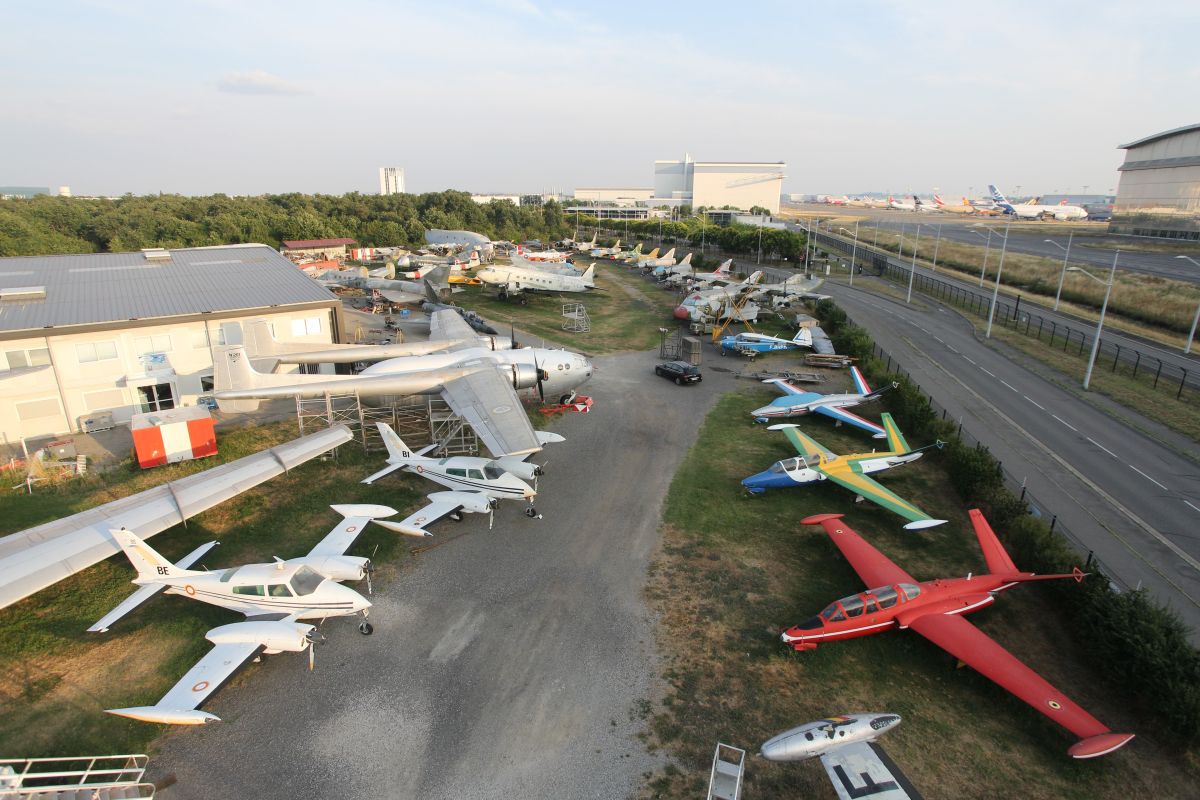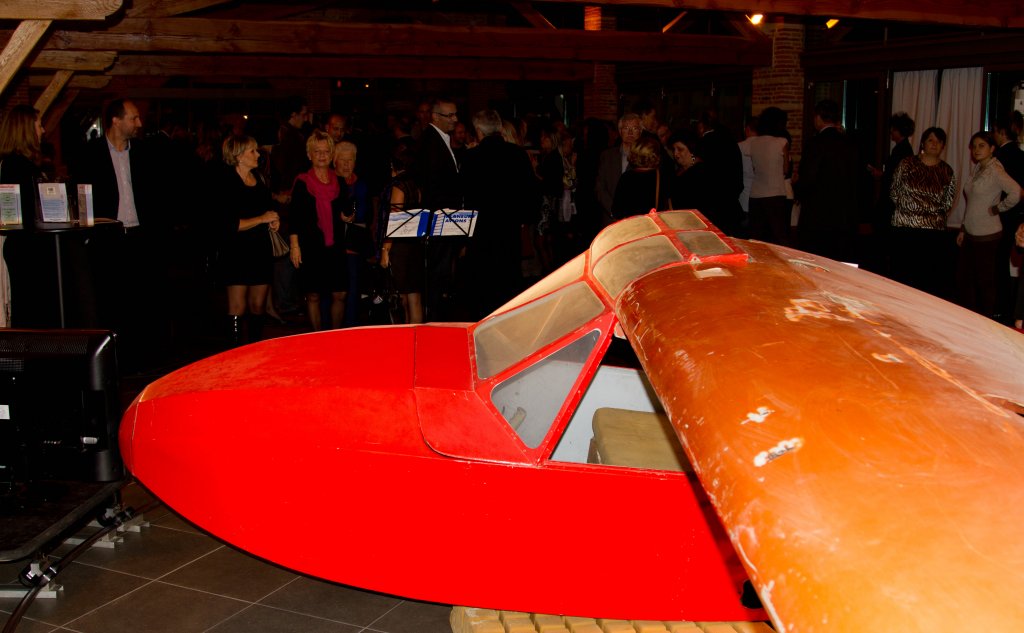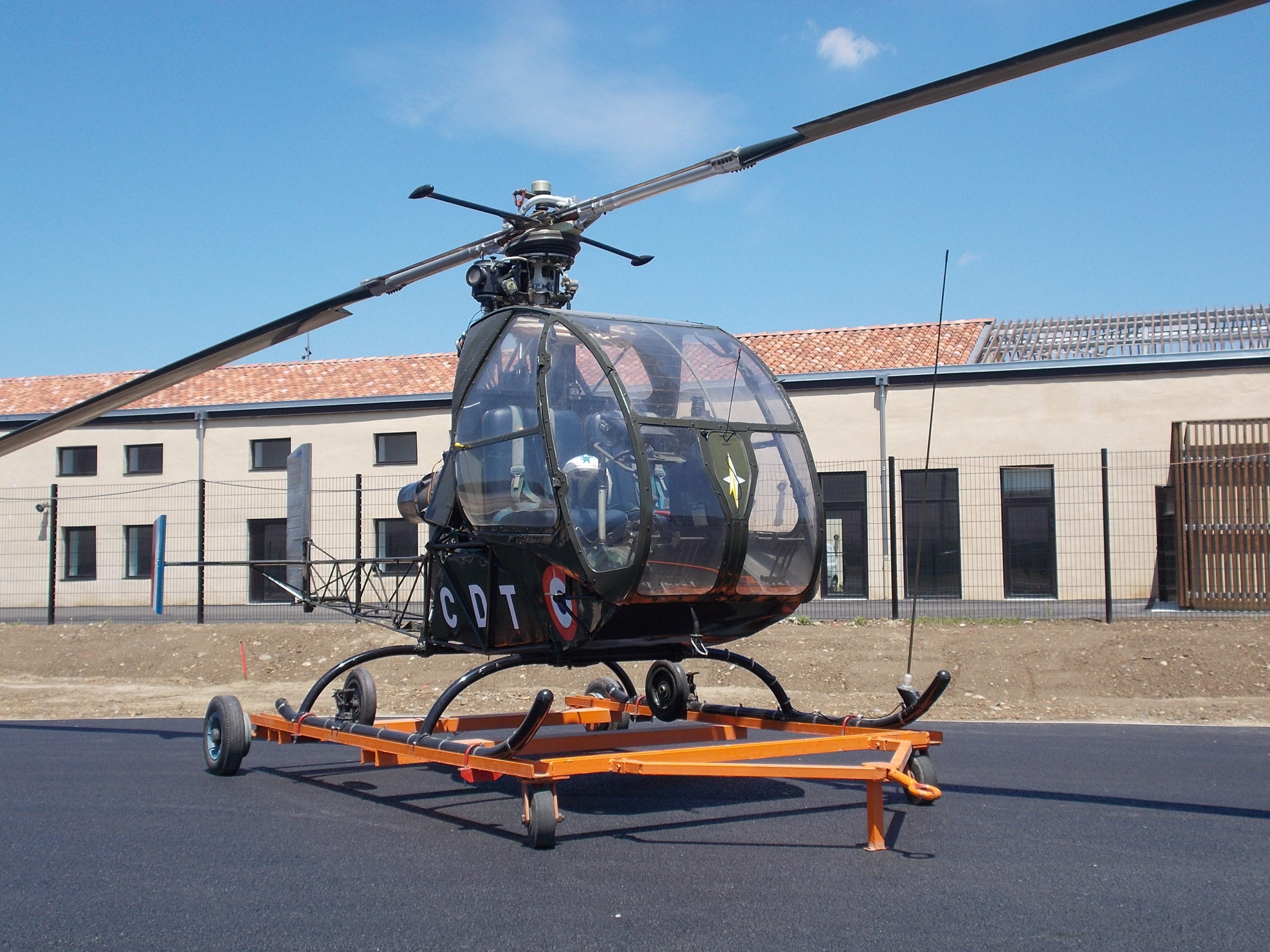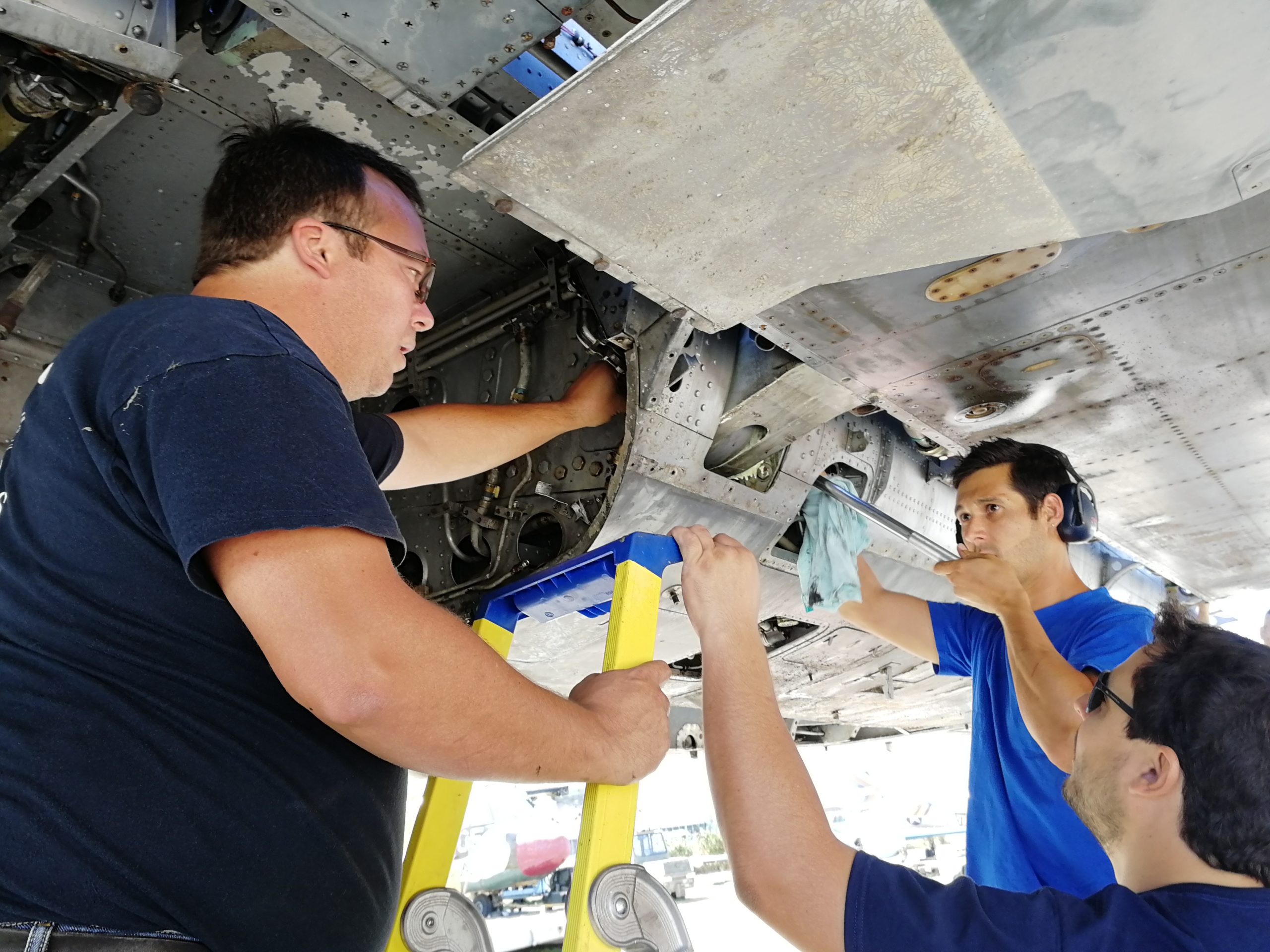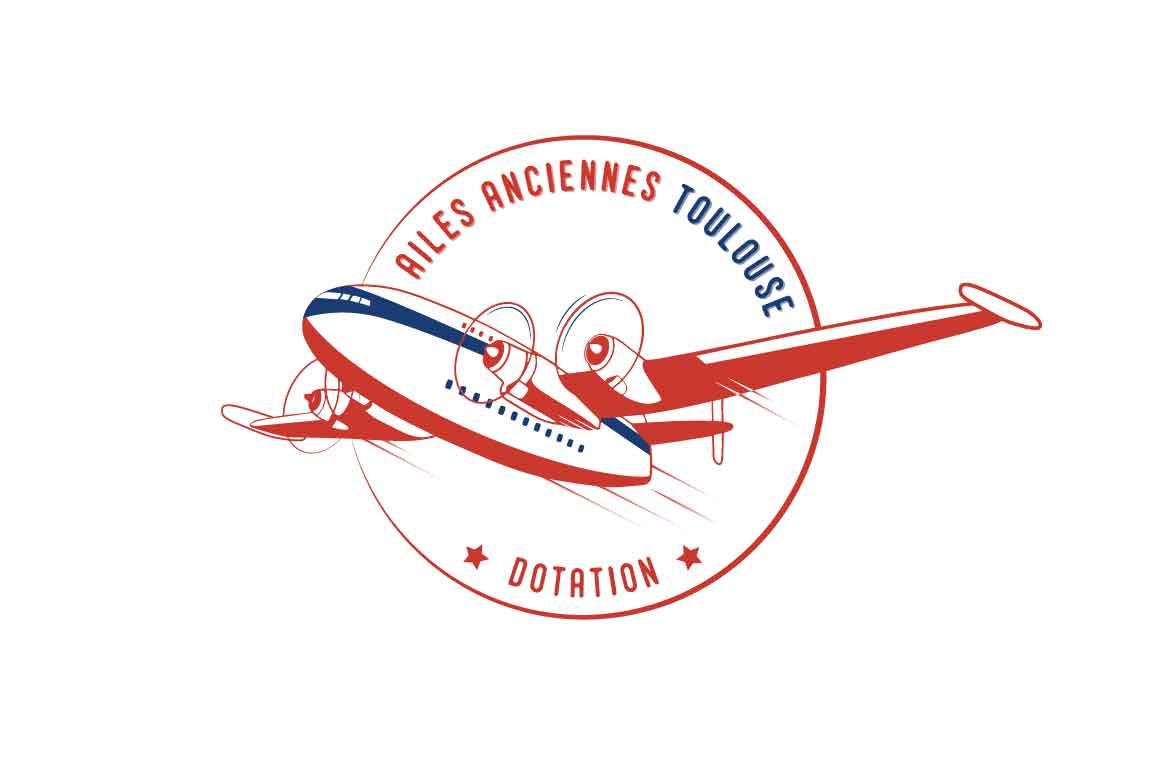Histoire
A la fin des années 1960, la Marine nationale commença à étudier le remplacement des Étendard IV et Crusader. Celle-ci testa le Jaguar M mais jugea que l’avion était sous-motorisé et nécessitait d’aménager les porte-avions. Elle envisagea alors l’achat ou la construction sous licence d’avions américains, A-4M Skyhawk ou A-7 Corsair II, mais la volonté de doter l’aéronautique navale d’un avion de construction entièrement française l’emporta finalement. Le 19 janvier 1973, le choix fut fait de relancer la production de l’Étendard et d’y incorporer ce qui se faisait de plus moderne : ainsi naquit le Super Étendard.
Une commande de 100 Super Étendard fut passée le 4 septembre 1973. Le premier Super Étendard, n°01 effectua son premier vol le 28 octobre 1974. Il s’agissait en fait de l’Étendard IVM n°68 modifié. Le premier avion de série, équipé d’un réacteur Snecma ATAR 8K50 vola le 24 novembre 1977. Il s’agissait alors du premier avion militaire opérationnel français équipé d’un système inertiel de navigation et d’attaque.
La fabrication du Super Étendard fut répartie sur différents sites et chez différents sous-traitants : ainsi l’usine Dassault de Biarritz fabriqua le fuselage avant, le cockpit et l’empennage vertical ; l’usine de Colomiers s’occupa du fuselage arrière et d’une partie du fuselage entre le cockpit et le tronçon central ; l’usine de Boulogne produisit les demi-voilures ; l’usine d’Argenteuil, le caisson centrale de voilure ; l’empennage horizontale fut fabriqué à Istres. Le tronçon central du fuselage fut produit par l’usine Hurel-Dubois de Vélizy. Tous ces éléments étaient ensuite assemblés à l’usine de Mérignac. Tous les Super Étendard ont été construits entre 1978 et 1981. En tout 85 appareils ont été produits dont 14 pour l’Argentine.
Le Super Étendard est entré en service dans la Marine nationale en 1978, remplaçant progressivement l’Étendard IV M. La flottille 11F fut la première à en être équipée. Suivirent les flottilles 14F en 1979, 17F en 1980 et plus tard l’escadrille de soutient 59S en 1991. Il fut surnommé le « couteau suisse », grâce à sa capacité à effectuer des missions très variées : assaut à la mer, appui-feu des troupes au sol, bombardement, dissuasion nucléaire, ravitaillement en vol, reconnaissance… Tout au long de leur carrière les Super Étendard de la Marine reçurent de nombreuses améliorations afin de remplir leurs missions dans un environnement opérationnel de plus en plus exigeant. Ces améliorations furent regroupées dans des standards. A partir du Standard 1 en 1987, les appareils modifiés furent appelés Super Étendard Modernisé (SEM). Le Standard 2 fut implémenté en 1992 et consistait notamment au remplacement du radar AGAVE par un radar ANEMONE. Puis vint le Standard 3, en 1997, permettant l’utilisation d’armement guidé par laser. L’année 2000 vit l’apparition du Standard 4 qui renforça les capacités de brouillage et d’autoprotection et permit l’emport de nacelles de reconnaissance et enfin le Standard 5 en 2006 augmenta la variété d’armements pouvant être délivrés.
Les Super Étendard furent engagés toutes les opérations où la Marine participa : Olifant au Liban en 1983 et 1984, notamment au raid sur Baalbek, le 17 novembre 1983, où 8 Super Étendard bombardèrent un camp du Hezbollah en représailles de l’attentat du Drakkar. Ils participèrent aussi aux opérations Prométhée pendant la guerre Iran-Irak en 1988, Capselle au Liban en 1989, Balbuzard et Salamandre en ex-Yougoslavie de 1993 à 1995, Trident au Kosovo en 1998-1999. Avec l’arrivée du Charles-de-Gaulle, les Super Étendard Modernisé furent engagés dans les opérations Héraclès et Agapanthe en Afghanistan de 2001 à 2010 ou encore Harmattan en Libye en 2011 et enfin à Chammal en Syrie et en Irak. Les Super Étendard de la Marine nationale furent progressivement retirés du service, remplacés par les Rafale M, en 2011 pour la 11F et en 2016 pour le 17F.
En juillet 1979, l’Argentine passa commande de 14 Super Étendard pour équiper son unique porte-avion. Lorsque la guerre des Malouines éclata en 1982 entre l’Argentine et le Royaume-Uni, seuls 5 appareils armés de missiles anti-navires Exocet avait été livrés. Lors de ce conflit les Super Étendard firent preuve de leur efficacité en coulant deux navires britanniques : Le destroyer HMS Sheffield et le cargo MV Atlantic Conveyor. Les appareils restants ne furent livré qu’une fois la guerre terminée. L’Argentine n’a jamais fait évoluer ses Super-Étendard depuis leur livraison. Ils sont toujours en service et 5 SEM retirés de la Marine nationale ont été achetés en 2018.
Le Super Étendard a aussi servi au sein de l’armée de l’air irakienne qui en sollicita le prêt en attendant la livraison de ses Mirage F1 lors de la guerre Iran-Irak. En mai 1983, cinq avions furent prélevés sur les stocks de la Marine nationale et expédiés en Irak. Quatre seulement revinrent en France en 1985, l’un d’eux ayant été abattu le 2 avril 1984 par un F-4E iranien.
Caractéristiques
| Envergure | 9,60 m |
| Longueur | 14,30 m |
| Hauteur | 3,85 m |
| Masse à vide | 6,25 t |
| Masse maxi | 11,9 t |
| Charge | 2,1 t |
| Vitesse | 1 200 km/h |
| Autonomie | 1 820 km |
| Équipage | 1 |
| Motorisation | 1 turboréacteur Snecma ATAR 8K50 de 4995 kgp |
| No Série | 25 |
Notre appareil
Notre appareil est le Super Étendard Modernisé n°25. Il a servi au sein des flottilles 14F et 11F. Il a notamment participé au raid sur Baalbek au Liban en 1983, en représailles de l’attentat du Drakkar. Il a terminé sa carrière à l’École du Personnel de Pont d’Envol à Hyères où nous l’avons récupéré en juin 2018.
Quelques Photos
La vidéo de la récupération de l’appareil



